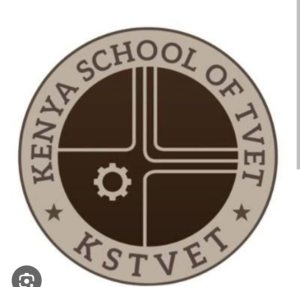SURVEY
1. INTRODUCTION TO CONTOURING
1.1. USES OF CONTOUR MAPS
-
Land Use Planning and Development: Contour maps are vital for land use planning and development projects. They provide essential information about the terrain's slope, elevation, and natural features, helping planners identify suitable locations for infrastructure development, residential areas, parks, and recreational facilities. Understanding the topography can also aid in mitigating potential environmental risks and ensuring sustainable land use practices.
-
Engineering and Construction: Engineers use contour maps extensively during the design and construction of roads, highways, bridges, and other infrastructure projects. By analyzing the terrain's elevation profile, engineers can determine optimal routes, assess earthwork requirements, and plan grading and drainage systems to ensure safe and efficient construction.
-
Environmental Assessment and Management: Contour maps play a crucial role in environmental assessment and management initiatives. They help environmental scientists and policymakers identify sensitive areas, such as wetlands, watersheds, and erosion-prone slopes, which require protection or conservation measures. Contour maps also facilitate the analysis of water flow patterns, habitat suitability, and ecosystem connectivity.
-
Emergency Response and Disaster Management: During emergencies such as floods, landslides, or wildfires, contour maps provide valuable information for emergency responders and disaster management agencies. These maps assist in identifying high-risk areas, planning evacuation routes, and allocating resources effectively. Contour maps can also aid in assessing post-disaster damage and planning recovery efforts.
-
Geological and Geophysical Studies: Geologists and geophysicists use contour maps to study the Earth's crustal features, geological formations, and subsurface structures. By analyzing elevation data, scientists can map fault lines, volcanic features, and geological boundaries, aiding in mineral exploration, seismic hazard assessment, and geological research.
-
Outdoor Recreation and Navigation: Contour maps are essential tools for outdoor enthusiasts, hikers, and recreational users. These maps provide detailed information about trails, elevation gain, and landmarks, helping adventurers plan routes, navigate unfamiliar terrain, and stay safe during outdoor activities such as hiking, camping, and mountaineering.
-
Agricultural Planning and Soil Conservation: Farmers and agricultural planners utilize contour maps to optimize land use and improve crop management practices. Contour maps help identify areas prone to soil erosion, waterlogging, or nutrient runoff, enabling farmers to implement soil conservation measures, such as contour plowing, terracing, and planting cover crops, to maintain soil fertility and productivity.
-
Forestry and Natural Resource Management: Foresters and natural resource managers rely on contour maps to assess forest resources, plan timber harvesting operations, and manage wildlife habitats. Contour maps aid in analyzing terrain accessibility, slope stability, and vegetation distribution, facilitating sustainable forest management practices and biodiversity conservation efforts.
